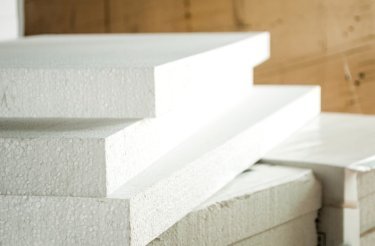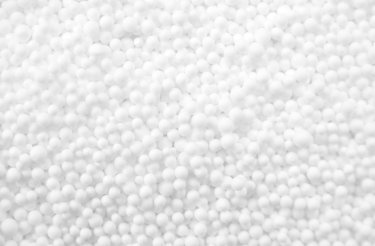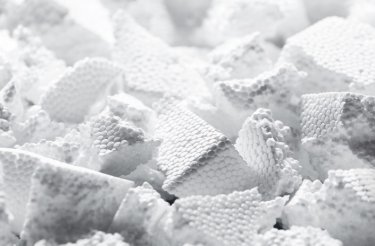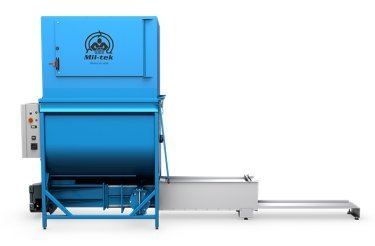
Is expanded polystyrene recyclable?
If you’ve ever wanted to know, “Is expanded polystyrene recyclable?” And then your search is over; we have the solution in our comprehensive guide.
Is expanded polystyrene recyclable?
Insulation for roofs, walls, and foundations is provided using expanded polystyrene, more commonly known as Styrofoam. With its many compressive strengths, EPS foam is able to resist back-fill forces and a variety of weight loads while remaining lightweight. Because of its closed-cell structure, which permits limited water absorption and low levels of vapour permanence, expanded polystyrene is structurally helpful against moisture damage.

Advantages and production
As an insulating material, EPS foam has become one of the most popular options for homeowners wishing to update their houses due to its many advantages. This includes:
- Energy efficiency
- Higher thermal resistance
- Durability
- Fully measurable energy saving
- Lower costs
- Maintaining a cleaner environment since the material doesn’t hinder bacteria growth
- Chemical inertness, which increases biocompatibility
The first step in making these beads is heating them together into a block, and then they need to be stored for a while until they are ready to be cut into different shapes or sizes.

Environmental concerns
Concerns about the long-term viability of all the systems and procedures that underpin our daily lives have been on the rise in recent years. Because of how subtle most of these acts are, considering them from an ecological point of view can be challenging. But it’s crucial that we do so since producing the things we use every day requires vast quantities of energy, water, fuel, and raw materials, which can be harmful to the environment and deplete natural resources.
The materials used should be as eco-friendly as possible, meaning they don’t contain any particularly dangerous elements, and they should be either durable enough to withstand many uses or easily recyclable, so their disposal doesn’t cause further pollution.
The absence of ozone-depleting CFCs and HCFCs in expanded polystyrene makes it suitable for these uses. This product is incredibly eco-friendly, composed of 98% air. EPS foam does not break down and stays in one place. The overall consumption levels are fairly low because water is reused during manufacture.

Reusing and Recycling
The fact that it is completely recyclable is the finest part. Thousands of tonnes of material are recycled annually in the United Kingdom. Even before it reaches the end user, recycling is typically a vital aspect of the supply chain. Consistent with all other plastics, expanded polystyrene must be compressed before it can be used for anything else. Biodegradation is a slow process because the substance is robust and used for heavy-duty applications. Recycling EPS foam prevents it from ending up in a landfill by making it usable again and again in many other products, such as storage containers, coat hangers, roofing tiles, packaging, and even outdoor furniture.
Other materials, such concrete, can be blended with it to make prefabricated blocks. When mixed with soil or compost, it helps increase aeration, which in turn decreases compaction and makes it easier for plants to thrive. Interior trim made from EPS foam and plastic is another option. Due to its usefulness in insulating concrete forms in its recycled form, the material has gained value in the building industry and contributed to the improvement of sustainable practices.
A Mil-tek EPS 2000 compactor would be ideal for recycling expanded polystyrene garbage. Reusing and recycling it in this way will offer it a second chance at life and make it possible to make products with less of an impact on the environment.

What do you want to compact?
Contact us if you want to hear more about how Mil-tek can help your company optimize your waste management.
We will get in touch as soon as possible.